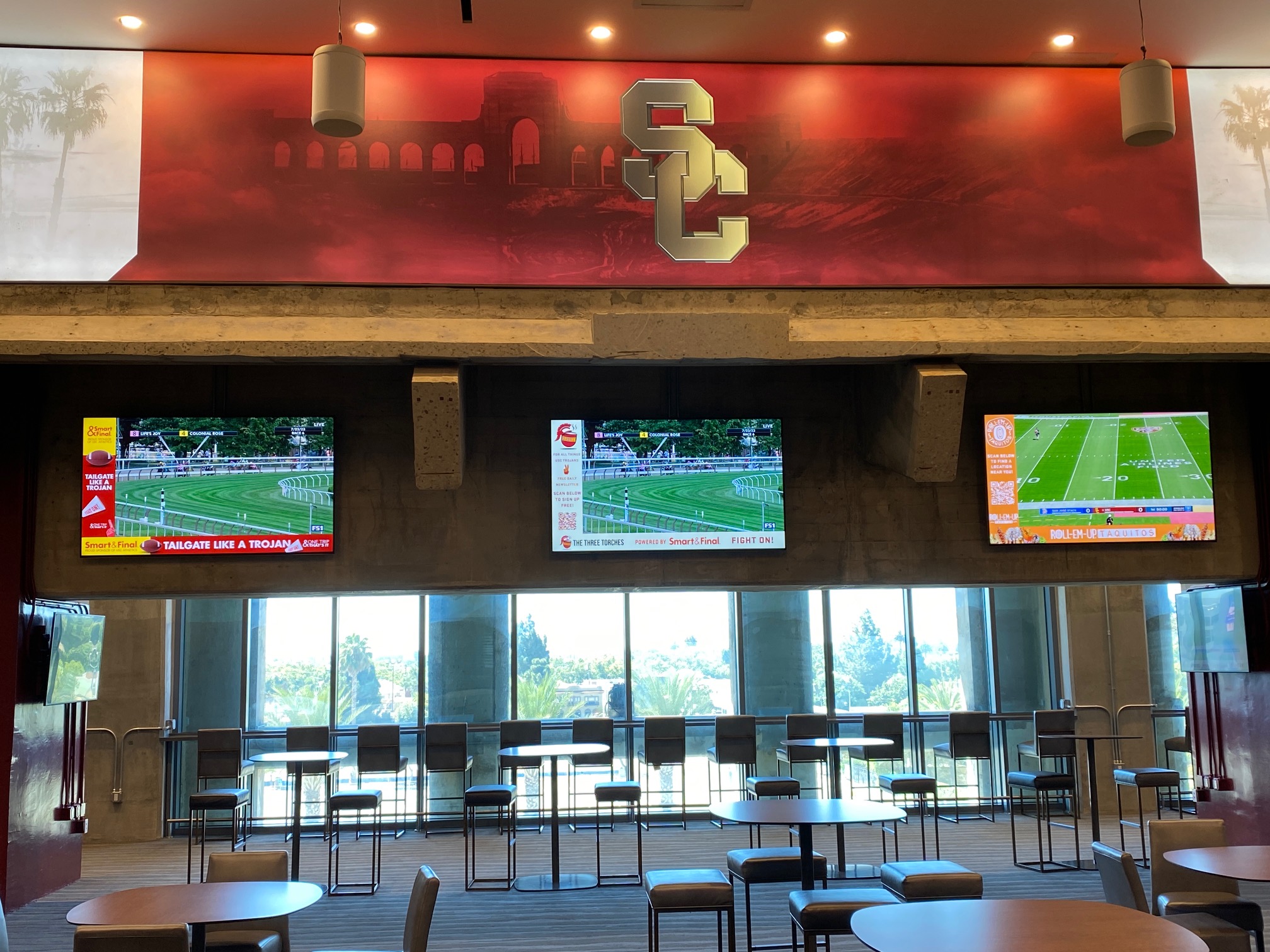The Case for Hardware as a Service in College Athletic Departments
In the rapidly evolving landscape of college athletics, the introduction of Name, Image, and Likeness (NIL) opportunities has transformed the financial dynamics for student-athletes and athletic departments alike. As schools navigate this new paradigm, it’s crucial for athletic departments to manage their resources effectively. One innovative approach to optimizing expenses is adopting Hardware as a Service (HaaS) instead of traditional capital expenditures (CAPEX). Forward thinking athletic departments across the country are finding this unique approach frees up funds which are much needed in the evolving NIL landscape.
Understanding the Financial Landscape
With NIL deals bringing in new revenue streams for student-athletes, athletic departments are under pressure to enhance their programs and facilities while also ensuring they maintain a balanced budget. Traditional CAPEX spending involves significant upfront costs for equipment and infrastructure, which can strain budgets and limit flexibility. In contrast, HaaS provides a more adaptable financial model that can help departments manage their resources more efficiently.
What is Hardware as a Service?
HaaS is a model where organizations pay for hardware on a subscription basis rather than purchasing it outright. This approach allows athletic departments to access the latest technology without the burden of large initial investments. With HaaS, departments can acquire necessary hardware—such as facility upgrades, stadium technology, training equipment, and data analytics systems—while amortizing costs over time.

Benefits of HaaS for College Athletic Departments
- Cost Efficiency: By eliminating large upfront costs, HaaS allows athletic departments to allocate more funds towards NIL initiatives, scholarships, and enhanced athlete services. Departments can use subscription payments to better forecast and manage budgets.
- Access to Cutting-Edge Technology: The fast pace of technological advancements means that equipment can quickly become outdated. HaaS providers typically offer the latest hardware, ensuring that teams have access to state-of-the-art tools for training and performance analysis.
- Scalability and Flexibility: HaaS allows departments to scale their hardware needs up or down based on current requirements. Also, this gives predictability into future spending/budgeting decisions.
- Maintenance and Support: With HaaS, maintenance is often included in the service agreement. This relieves athletic departments of the burden of repair costs and ensures that equipment is always in optimal condition. As an example, this is particularly important for programs with large format LED video screens.
- Focus on Core Activities: By outsourcing hardware needs, athletic departments can focus on their core mission: supporting student-athletes. This shift allows staff to dedicate more time to developing NIL programs, enhancing athlete experiences, and fostering a strong community around their programs.
- Tax Benefits: Leasing hardware can offer tax advantages, as lease payments may be deducted as operational expenses. This can further improve cash flow and reduce the overall financial impact of technology investments.

Implementing HaaS in Athletic Departments
To successfully transition to a HaaS model, athletic departments should consider the following steps:
- Assess Needs: Identify the specific hardware requirements for each sport and operational area. Understanding these needs will help in selecting the right HaaS provider.
- Research Providers: Investigate different HaaS providers to find those with a strong reputation, reliable support, and competitive pricing. Look for providers specializing in the specific technology to ensure a good fit.
- Negotiate Contracts: Establish clear terms regarding costs, maintenance, and upgrades. Ensure that contracts allow for flexibility to accommodate changes in hardware needs.
- Monitor Performance: Regularly evaluate the effectiveness of the HaaS model against the department’s objectives. This includes tracking costs, equipment performance, and overall satisfaction from coaching staff and athletes.
- Educate Stakeholders: Communicate the benefits of HaaS; ensuring that everyone understands the advantages of this model will foster buy-in and facilitate a smoother transition.
Conclusion
As college athletic departments navigate the complexities of NIL funding and heightened competition, adopting Hardware as a Service offers a strategic advantage. By minimizing CAPEX spending and embracing a more flexible, cost-effective approach, departments can enhance their programs, support student-athletes, and ultimately thrive in this new era of collegiate athletics. Transitioning to HaaS not only ensures access to the latest technology but also frees up valuable resources that can be directed toward initiatives that benefit athletes directly, creating a win-win situation for all involved.




